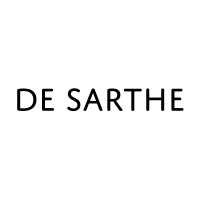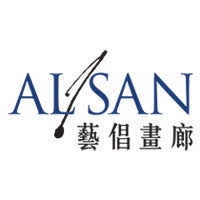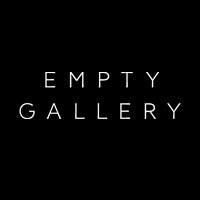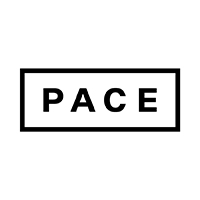Contemporary Asian Art at TEFAF 2014
Mixing more periods of art and design under one roof than any other art fair in the world, The European Fine Art Fair—best known as TEFAF Maastricht—launched its 27th edition on March 13 to an enthusiastic crowd of museum directors, curators, connoisseurs and collectors.
The Pleasure of Getting Lost: Heman Chong at The Reading Room
In September, on a Bangkok rooftop, a group of ‘wanderers and forgetters’ recently offered their concerted support as one of them struggled to memorise and retell word-for-word a story written by Heman Chong. They were gathered at Bangkok’s The Reading Room for the third in a series of exhibitions orchestrated by Chong—previously at Rossi & Rossi in Hong Kong and Future Perfect in Singapore—entitled The Part Of The Story Where We Lost Count Of The Days. The three-part structure of this work exemplifies the peripatetic artist-curator ’s mobility and sociability.
A Recipe for Success: Michael Chow aka Zhou Yinghua
When Michael Chow enters a room, he commands an audience. With his sweeping gestures and boisterous tones, he speaks in overtures; it doesn’t matter what he is about to present so much as the presentation itself. This performative nature has served him well throughout the years—Chow has managed a successful restaurant business, which currently boasts six locations worldwide, and has brushed elbows with the cultural elite—he counts the late Jean-Michel Basquiat as having been one of his closest friends. Now, at the age of 75, the notorious Mr. Chow has turned his attention to art. How will his expertise in fine dining translate onto the canvas?
Best Intentions, Weak Promises
The best part of “Our Best Intentions,” Einat Amir’s experimental performance piece, was the anticipation of engaging as both an audience member and an actor. Staged as part of Performa 13, by the Israeli arts non-profit organization Artis, “Our Best Intentions” utilized 20 participants to conduct an intimate performance with each other. Gathering on a chilly November evening, the group I took part in were invited to create an “introspective experience of therapy” contrasting with the “dramatic devices of performance.” Unfortunately, the dramatic, therapeutic, and experiential claims of the piece failed to materialize, and I left the space feeling that the performance’s intentions had been far from realized. As each version is unique to the particular participants and moderators, I cannot claim to speak for the piece as a whole, but while intriguing in premise, this iteration failed to provoke as promised.
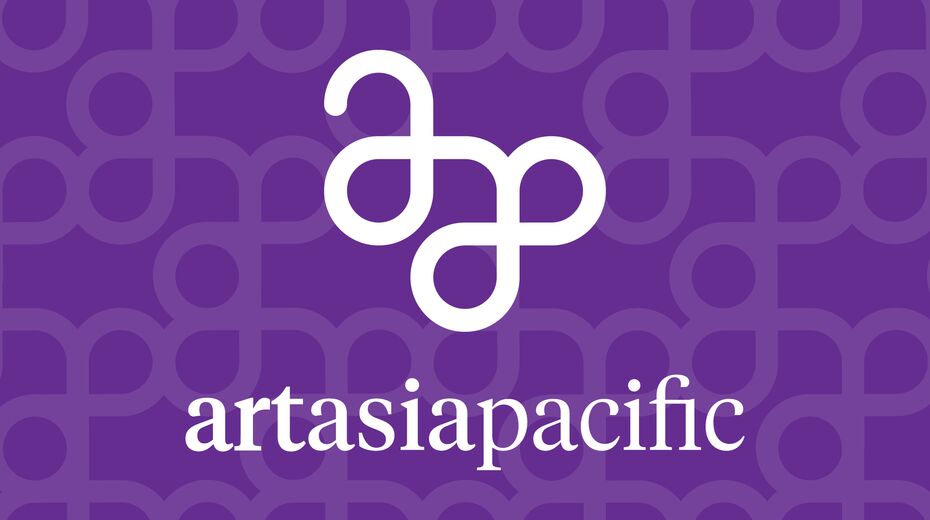
Subcribe and read more from ArtAsiaPacific
- Sign up for AAP now!
- Get our weekly newsletter or read online or in print.
Missed Connection: Tino Sehgal in Sydney
Whether Tino Sehgal’s performance pieces are high art or pretentious nonsense hardly matters. Last week at Sydney’s Art Gallery of New South Wales, audiences were enrapt as the Berlin-based artist’s team of performers sang and danced into existence his 2005 work This is so contemporary in the vestibule of the gallery.
Making History: Colombo Art Biennale
The third edition of the Colombo Art Biennale (CAB 14), “Making History,” opened on the balmy afternoon of January 30. Spread across seven venues, filled with thought-provoking sculptures, photographs, texts, installations, drawings, videos, performances and paintings, the works of 59 artists from 16 countries explore art’s relation to history. War, power, gender and violence are recurring themes that weave the exhibits together—not surprising given the host country’s recent war-torn history. In a way, this biennale seems a conclusive remark to its previous iterations including the 2009 “ Imagining Peace” and 2012 “Becoming.” “Making History” can be praised for its well thought-out curatorial strategy. The venues take you across the scenic city of Colombo into the classical architecture of colonial buildings and reinvigorated warehouses in one breath. Exciting artworks abound, frequently breaking into performance or sidewalk improvisations.
Preview: Art Stage Singapore
During its preview on Wednesday, Art Stage Singapore was hectic and crowded — not only with deadline-frantic media, but with eager collectors who, according to several local galleries, had already snapped up over a quarter of a million dollars’ worth of paintings and photographs by Singapore artists alone.
Let them eat cake: An interview with Yinka Shonibare
“Dreaming Rich” is an extension of British-Nigerian artist Yinka Shonibare’s critical and intellectual interest in colonialism and postcolonialism, and their impact on identity, politics and economic realities. On the occasion of his first solo exhibition in Hong Kong, at Pearl Lam Galleries, the artist shows a series of new works commenting on Hong Kong’s relationship to labor, power and wealth.




